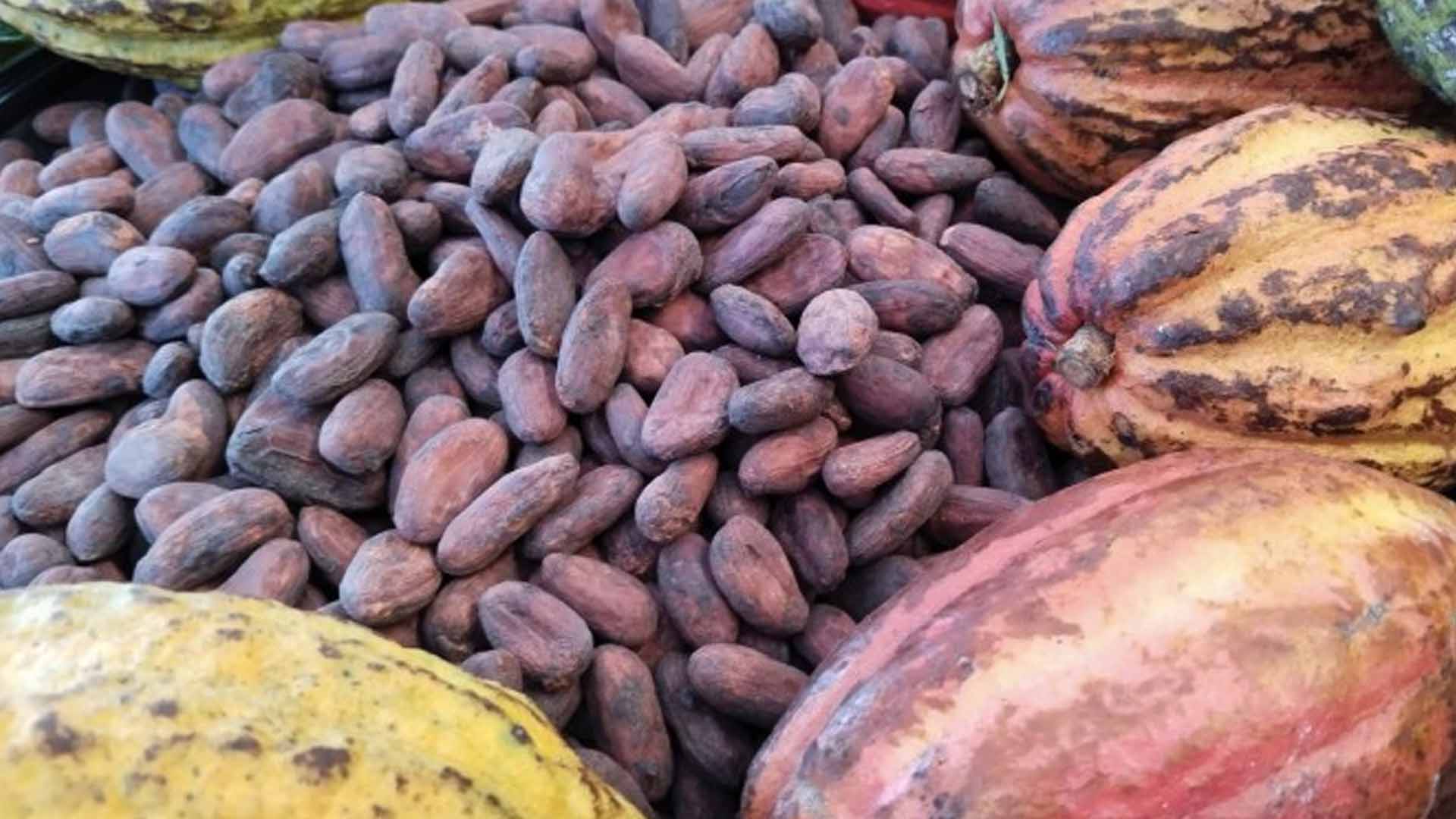Eastern Visayas is eyeing a 5,000-metric ton (MT) production target for dried cacao beans in the next five years despite very low production in the past 10 years, officials said during the regional cacao congress here on Friday.
The Department of Agriculture (DA) 8 (Eastern Visayas) said the yield volume must be achieved to fill up the nationwide shortage while the demand for cacao beans grows.
Cacao is the main ingredient of chocolate.
“The grinding requirement of local chocolate manufacturers is at 40,000 MT while national production is only at 10,000 MT. The region has to produce 5,000 MT in the next five years to help raise the national production to 100,000 MT,” DA-8 field operations division chief Rodel Macapanas said.
Citing data from the Philippine Statistics Authority, he said the region’s cacao farmers just harvested 70.87 MT of dried beans in 2022, compared to the 114.44 MT yield 10 years earlier.
Local government units reported that the region has 879,366 trees being cultivated by 5,672 farmers.
Among the DA’s key strategies, according to Macapanas, is to raise the average yield by 2 kg. of cacao beans per tree every year by enhancing the skills and knowledge of farmers and expanding the plantations.
Department of Trade and Industry 8 Director Celerina Bato said despite the low yield, the region’s cacao industry is “alive and kicking” as their agency empowered several cacao producers and processors through product development and marketing assistance.
“Much has yet to be done and we need a united plan to bolster our chances to introduce our product beyond the borders of the region. There is a very bright future for cacao,” Bato said.
Under the Eastern Visayas Cacao Industry Development Council (EVCIDC) roadmap, the region’s stakeholders will make quality cacao planting materials available to more farmers and work on rehabilitating the existing 31,000 hectares.
The plan also seeks to increase 7,000 hectares of newly planted trees in five years.
“The goal is to contribute to the goal of attaining inclusive growth and poverty alleviation by increasing farmers’ gross income to at least PHP130,000 per hectare per year,” said EVCIDC chair Noel Barquera, owner of Alto Peak Chocolates based in Ormoc City.
Tingog Party-list Rep. Jude Acidre said they are committed to supporting the local cacao industry by “building synergy in the entire cacao value chain.”
The value chain characterizes the full range of activities necessary to create a product or service, which allows businesses to determine competitive opportunities, according to the lawmaker.
“We should dream big for the cacao industry. We can also grow as an industry if we increase our production,” Acidre added.
Cacao beans are the raw form, which can be sold wet or dry and fermented. It can be roasted to produce cocoa-based products.
Cacao is a perennial crop that grows in tropical environments. It is the main ingredient that has no product substitute in chocolate production. (PNA)





















